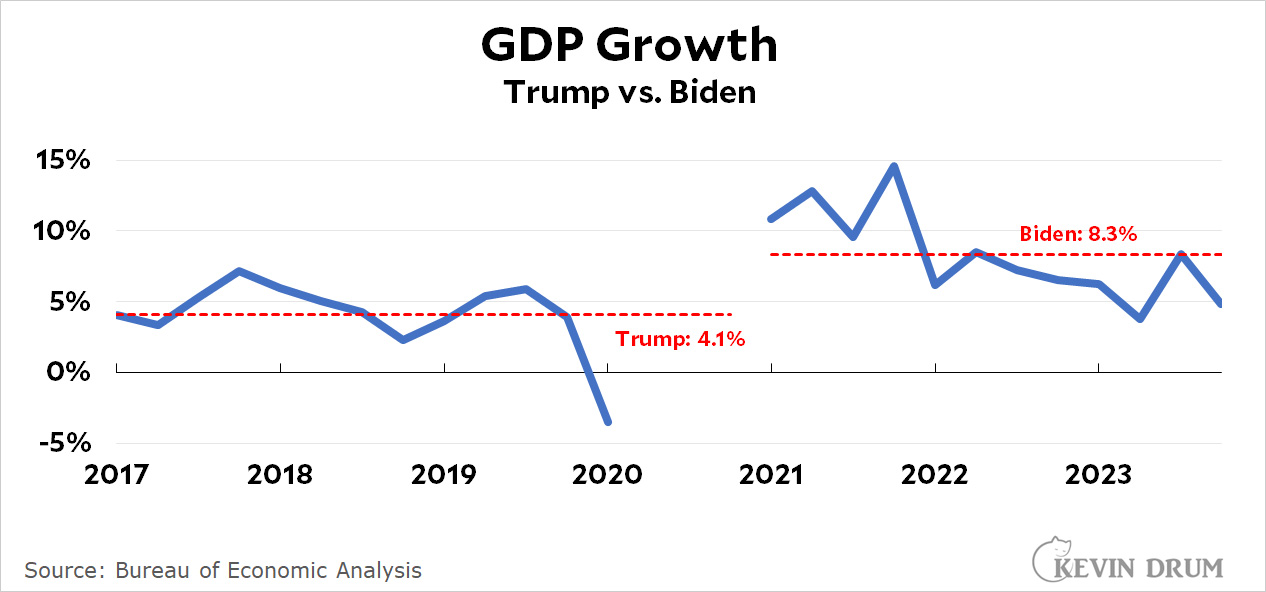Both the New York Times and Washington Post reported today on a $2 billion Medicare scam. The way it worked was simple:
- Scammers buy a few small medical supply companies (seven, to be exact).
- The companies send Medicare bills for millions of phony catheters.
That's it! But how did they get away with it? The Post explains:
Urinary catheters made an appealing target for potential scammers because orders for the low-cost products — small tubes often made with latex or silicone — could escape some of the scrutiny that accompanies billing for expensive equipment, surgeries and other high-cost claims, fraud experts said.
Huh. The Times provides this chart of catheter billing:
 I'm a big proponent of being patient until all the facts are in, but this truly looks insane. Catheters were billed at a steady $50 million per quarter, and then, in one quarter, it jumped to $600 million. And Medicare has no systems in place to flag that? My credit card company flags my account if I spend a thousand dollars in a different time zone.
I'm a big proponent of being patient until all the facts are in, but this truly looks insane. Catheters were billed at a steady $50 million per quarter, and then, in one quarter, it jumped to $600 million. And Medicare has no systems in place to flag that? My credit card company flags my account if I spend a thousand dollars in a different time zone.
But apparently nothing like this was in place. The scam wasn't even uncovered by Medicare, despite skyrocketing billing and lots of complaints (the scammers submitted bills using real customer and doctor names). It was uncovered by a private organization.







